
Arrays - Programming
Q1: What will be the output of the program ?
#include<stdio.h>
void fun(int **p);
int main()
{
int a[3][4] = {1, 2, 3, 4, 4, 3, 2, 8, 7, 8, 9, 0};
int *ptr;
ptr = &a[0][0];
fun(&ptr);
return 0;
}
void fun(int **p)
{
printf('%d\n', **p);
}
A 1
B 2
C 3
D 4
ANS:A - 1 Step 1: int a[3][4] = {1, 2, 3, 4, 4, 3, 2, 8, 7, 8, 9, 0}; The variable a is declared as an multidimensional integer array with size of 3 rows 4 columns. Step 2: int *ptr; The *ptr is a integer pointer variable. Step 3: ptr = &a[0][0]; Here we are assigning the base address of the array a to the pointer variable *ptr. Step 4: fun(&ptr); Now, the &ptr contains the base address of array a. Step 4: Inside the function fun(&ptr); The printf('%d\n', **p); prints the value '1'. because the *p contains the base address or the first element memory address of the array a (ie. a[0]) **p contains the value of *p memory location (ie. a[0]=1). Hence the output of the program is '1' |


For help Students Orientation
Mcqs Questions
One stop destination for examination, preparation, recruitment, and more. Specially designed online test to solve all your preparation worries. Go wherever you want to and practice whenever you want, using the online test platform.

